
There are about 261 related results

There are about 261 related results
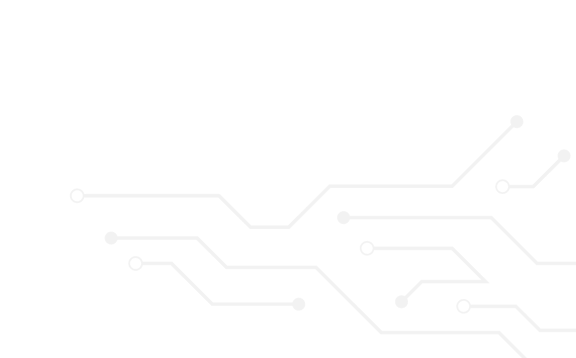
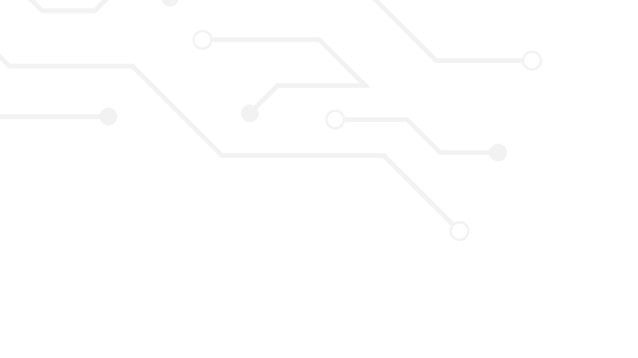

Basically, Japan's share of the global semiconductor market has dropped from 50% in the 1990s to less than 10% today. Development has continued to decline, so much so that it has missed the opportunity for FinFET development.

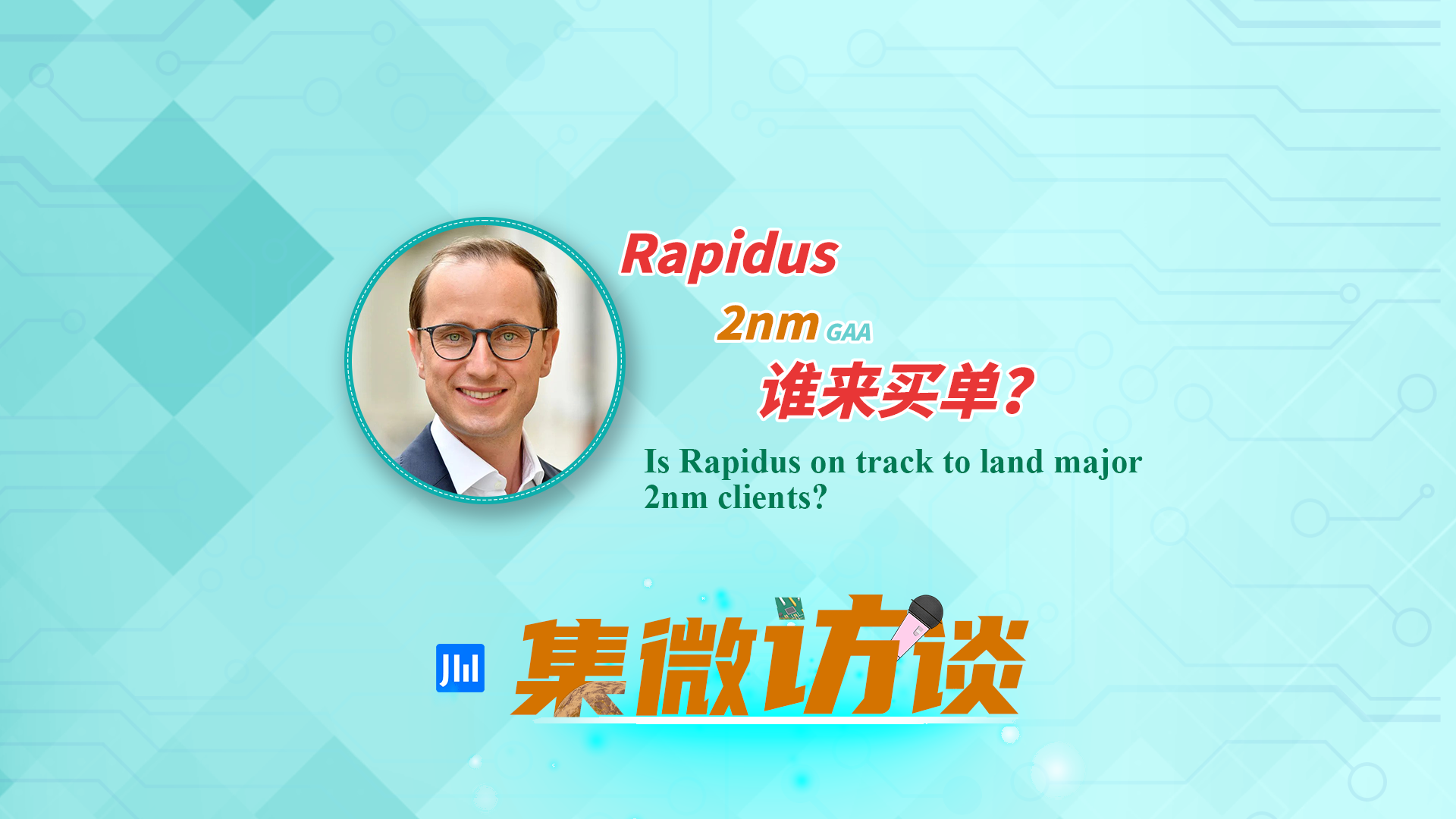
Can Rapidus find enough customers to pay for the huge investment of GAA's R&D and factory construction costs?

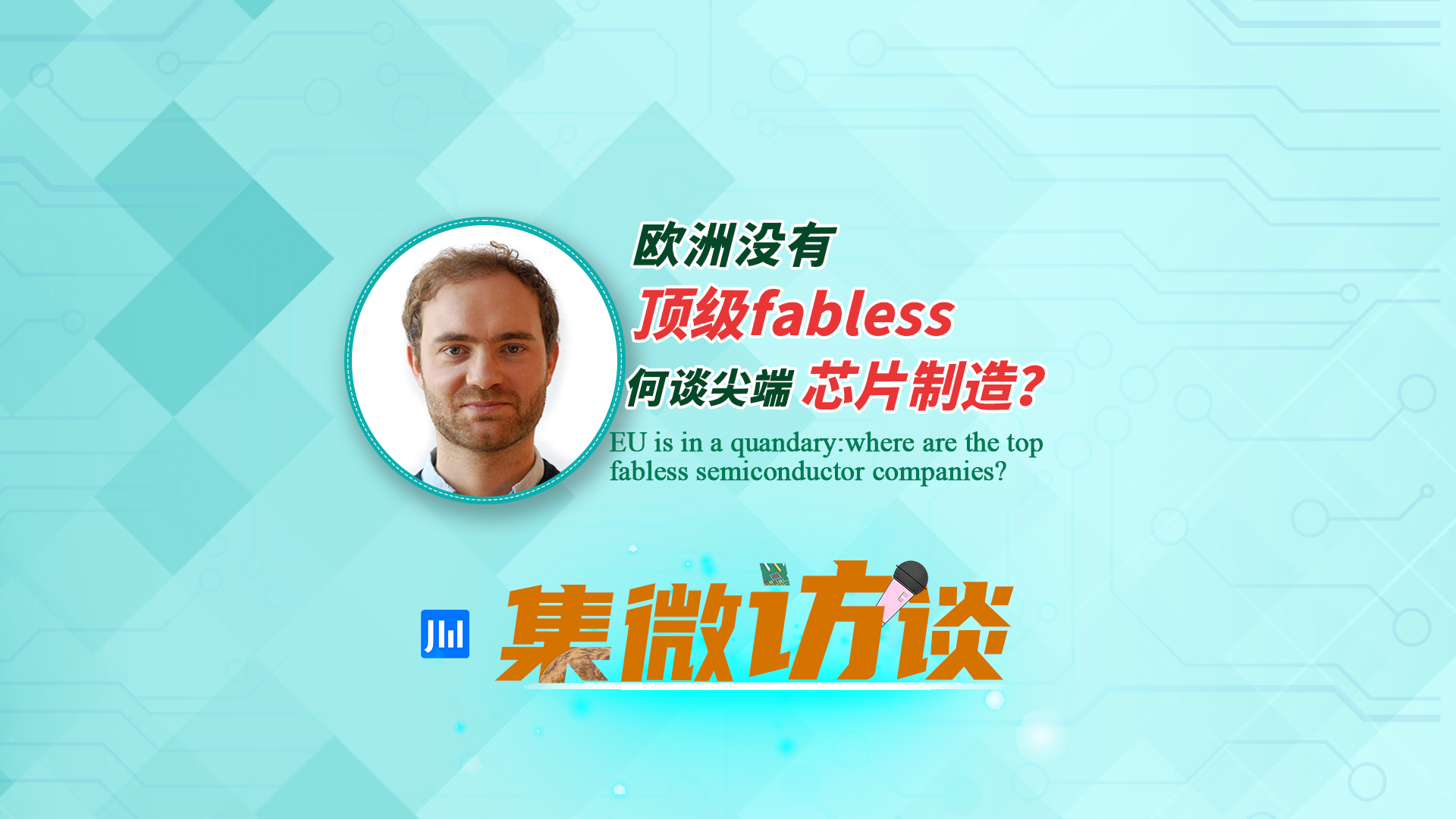
Is it feasible that the European Chip Bill hopes to increase the EU's global market share in semiconductor manufacturing from 9% to 10% to at least 20% in 2030?Interviewee in this issue: Philipp Lausberg.

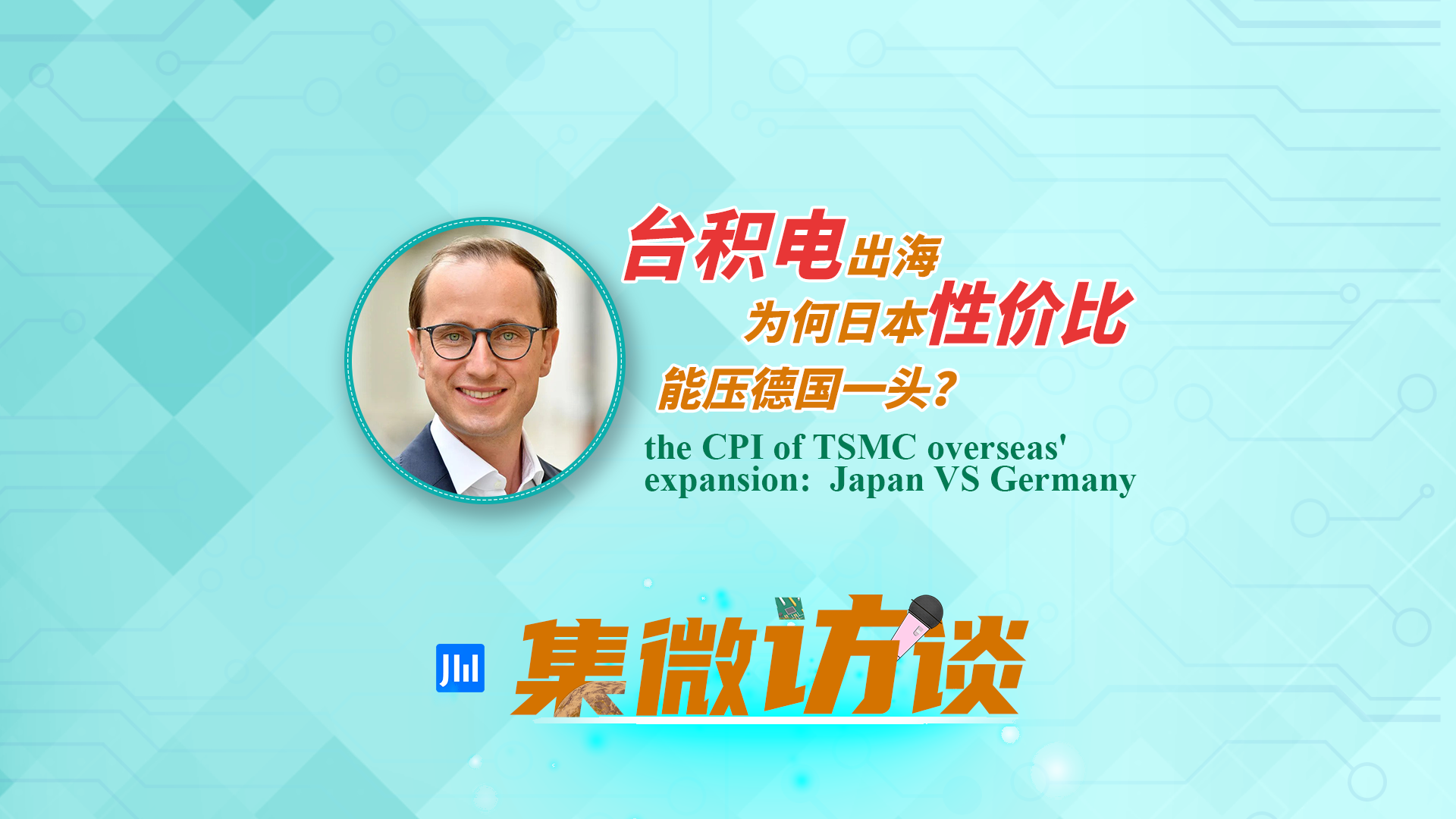
Compared to ESMC in Europe, although they are all mature nodes, TSMC's investment in JASM in Japan costs less and has more capacity. What makes setting up a factory in Japan more cost-effective?


Although countries are vying to invest in the semiconductor industry, talent gaps have restricted plans to develop local semiconductor industry chains. Facing the shortage of talents, what are some tips for various countries?

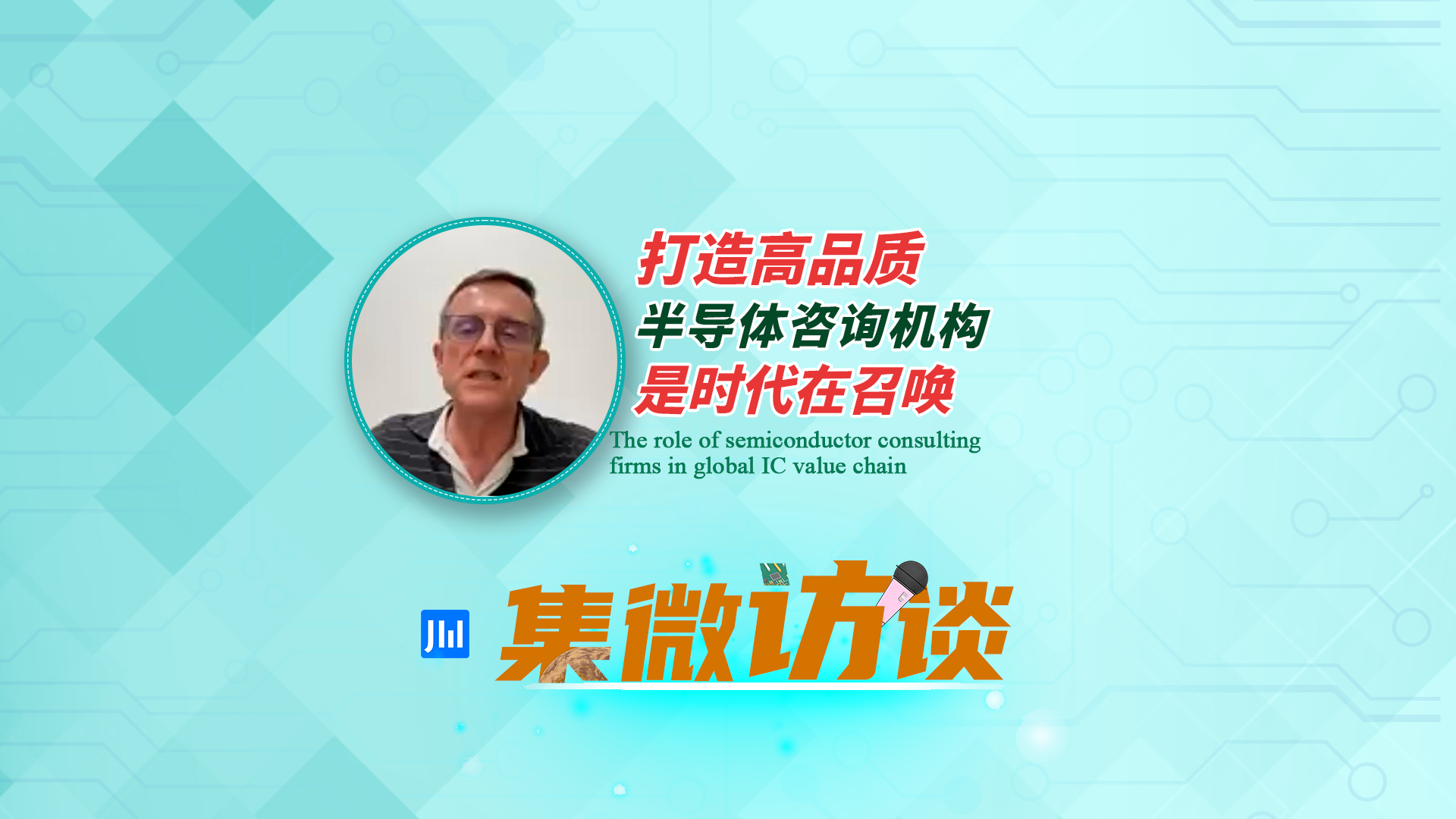
With the growth and rise of the semiconductor industry, the semiconductor consulting industry also plays an indispensable role. Standing on the shoulders of big data, then how to know whether the agency can provide high-quality services?

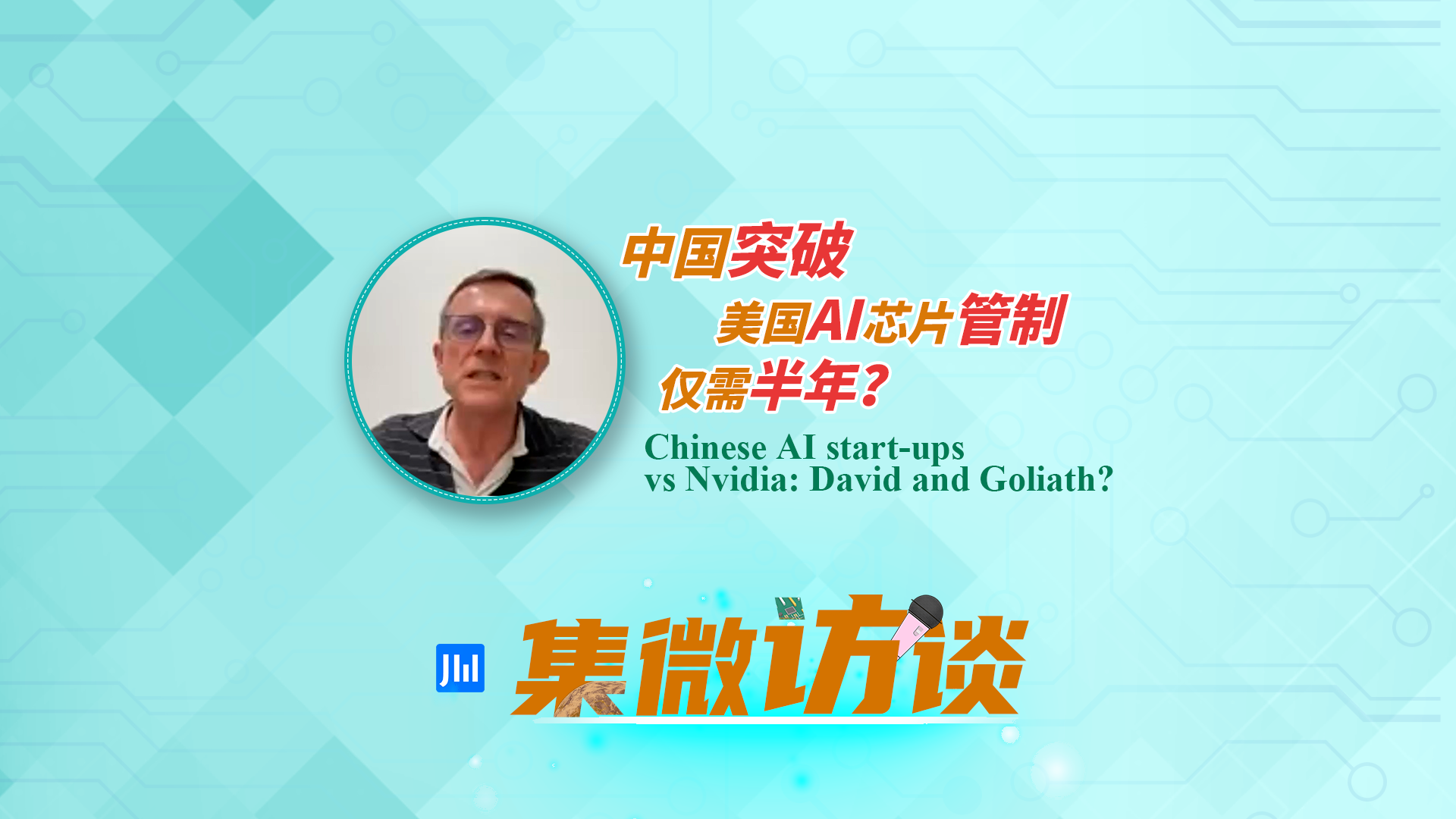
Behind Nvidia's data center revenue hitting record highs is the shortage of GPUs for AI use cases. Does this mean that controlling the GPU can control the development of the AI industry?

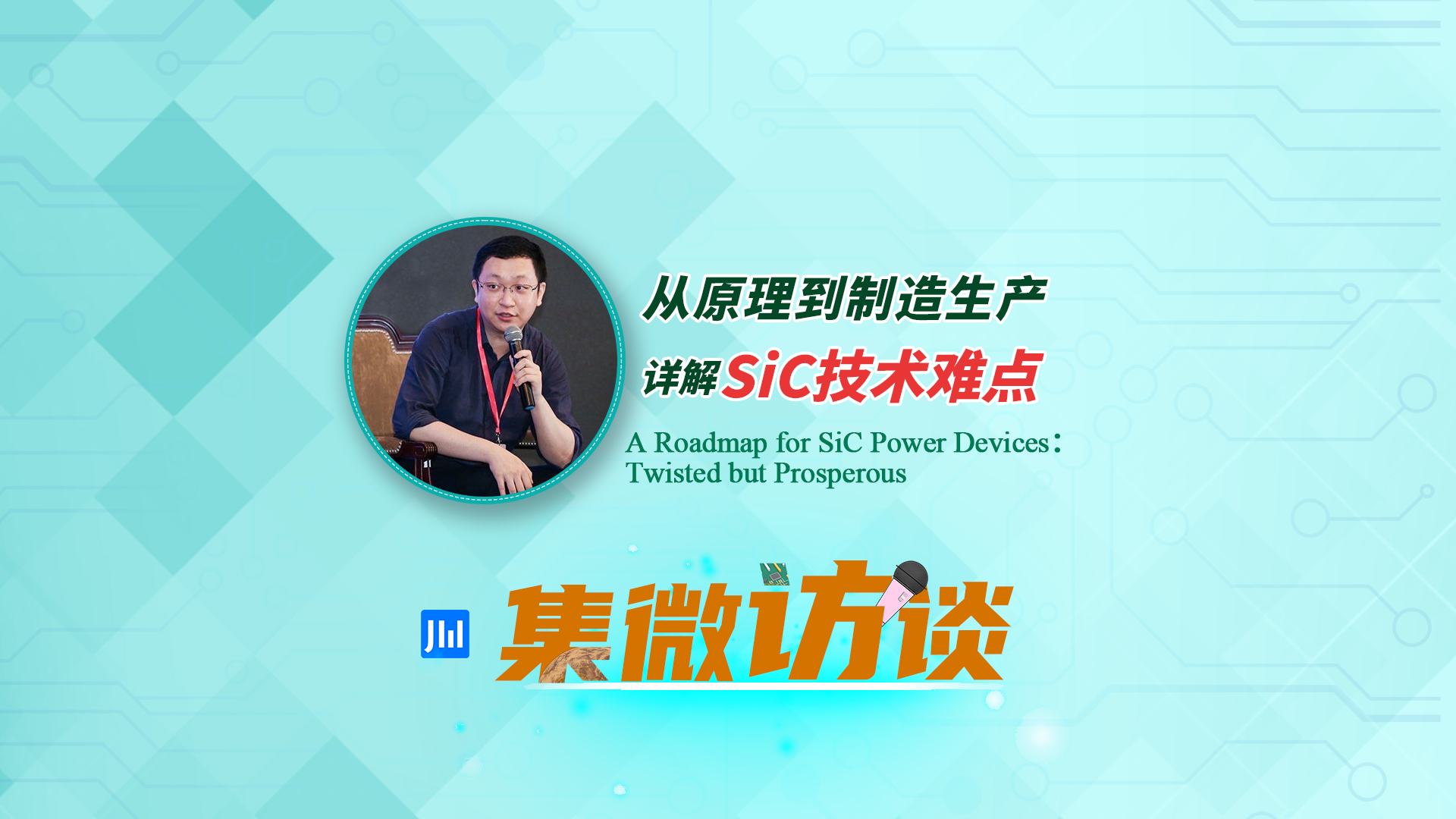
With the advent of the era of electric vehicles, the automotive-grade application of silicon carbide is indispensable. Silicon carbide crystal manufacturing technology has always been the focus of new technology companies and investment and financing

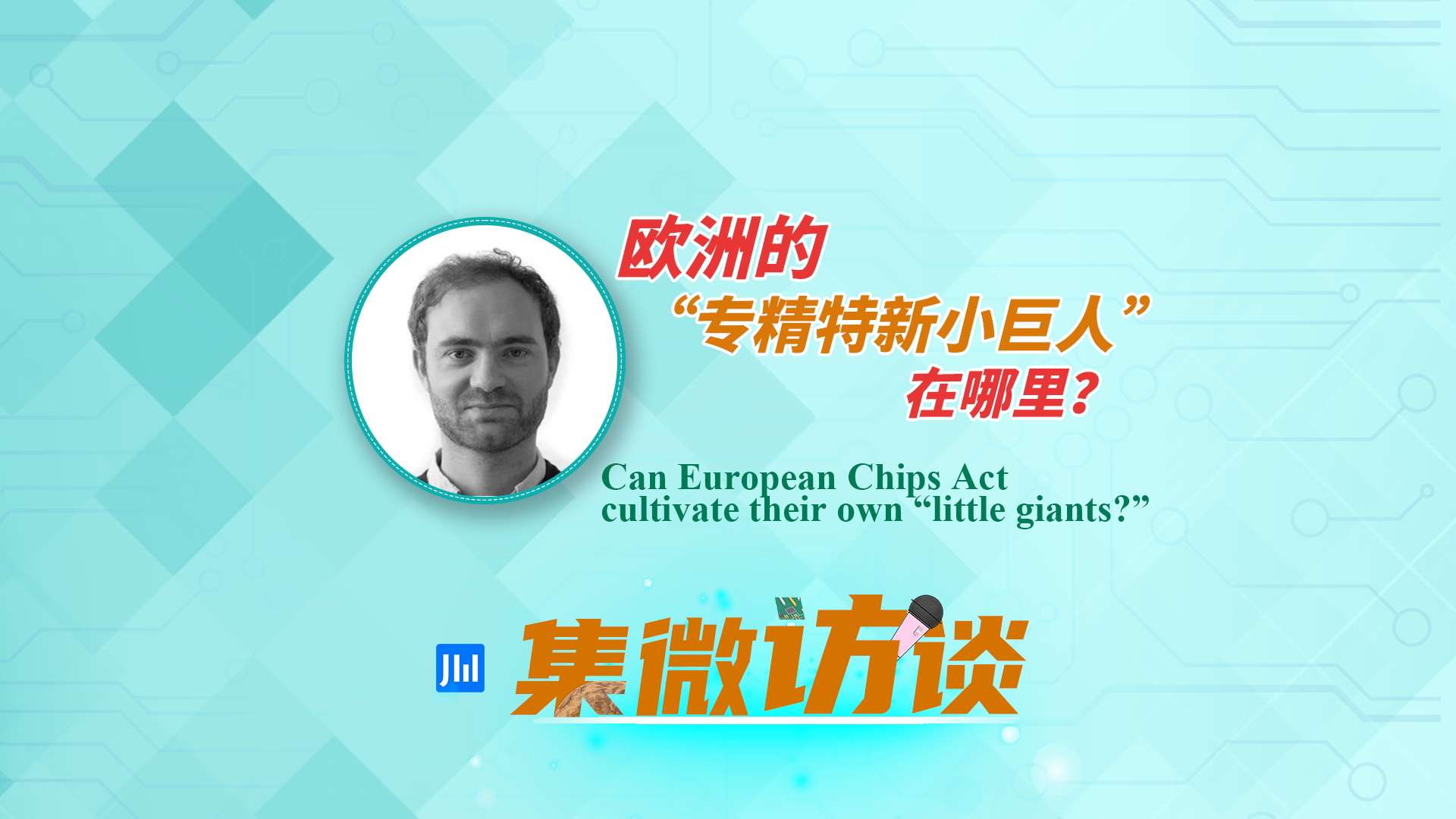
As the European Chips Act comes into effect, it means that the European semiconductor industry finally has convenient financing channels, but subsidies for local European semiconductor companies do not seem to be equal.


As Samsung, TSMC, and Intel compete to lay out the GAA , who will be the winner?


No Data Yet~

No Data Yet~